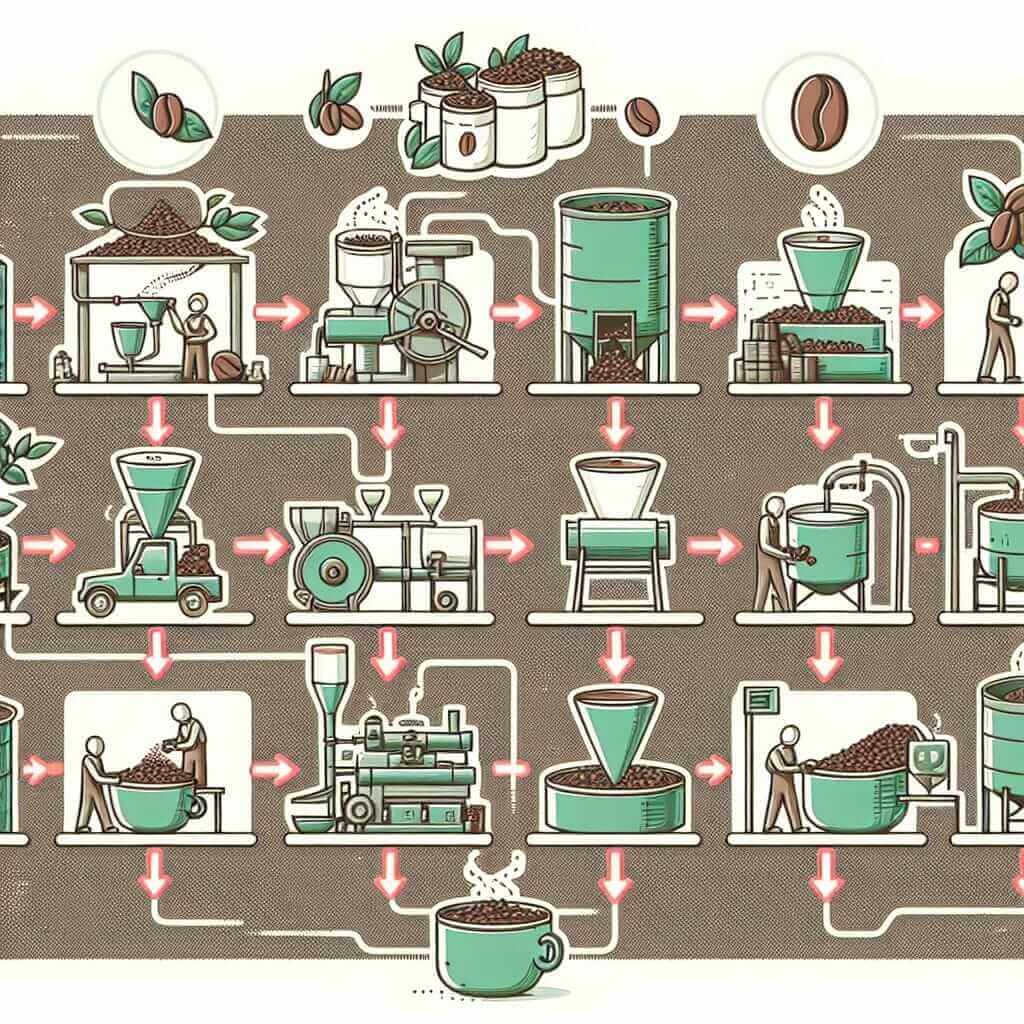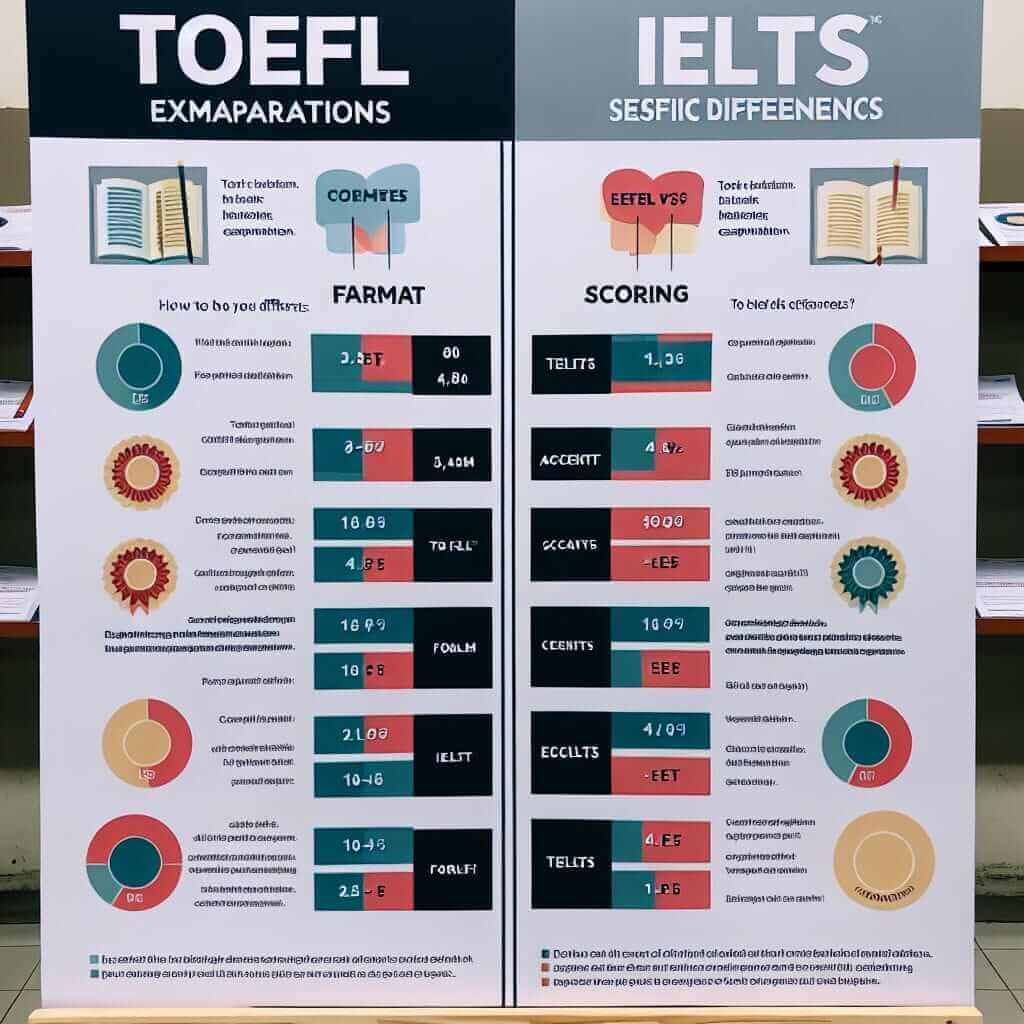Why Describing a Process Chart is Crucial for IELTS Writing Task 1
The IELTS Writing Task 1 often presents you with a visual challenge: describing a process chart. This task assesses your ability to analyze visual information and present it clearly and effectively in written English. Mastering this skill is essential for achieving a high band score.
Nội dung bài viết
- Why Describing a Process Chart is Crucial for IELTS Writing Task 1
- Understanding IELTS Process Charts
- Common Types of Process Charts:
- How to Write a Band-Scoring Process Chart Description
- 1. Analyze the Chart Carefully:
- 2. Structure Your Response:
- 3. Use Precise Language and Grammar:
- Illustrative Example:
- Key Tips for Success:
- Conclusion:
Understanding IELTS Process Charts
Process charts illustrate how something is done, manufactured, or developed in stages. They typically involve a sequence of steps, often represented by arrows, boxes, and labels.
Common Types of Process Charts:
- Linear: The process flows in a single direction from start to finish.
- Cyclical: The process forms a continuous loop.
- Multi-stage: The process involves multiple stages, each with its own sub-processes.
How to Write a Band-Scoring Process Chart Description
Here’s a step-by-step approach to effectively describe a process chart in your IELTS Writing Task 1:
1. Analyze the Chart Carefully:
- Identify the type of process: Is it linear, cyclical, or multi-stage?
- Determine the key stages: What are the major steps involved?
- Note the starting and ending points: Where does the process begin and end?
- Pay attention to any specific details: Are there any measurements, materials, or conditions mentioned?
2. Structure Your Response:
Paragraph 1: Introduction
- Paraphrase the task instructions to demonstrate your understanding.
- Briefly state the overall purpose of the process.
Paragraph 2: Overview
- Provide a general summary of the process, highlighting the main stages.
- Mention the number of steps involved.
Paragraph 3-4: Detailed Description
- Describe each stage of the process in a logical order, using clear and concise language.
- Use sequencing words and phrases to connect the steps (e.g., firstly, subsequently, following this, finally).
- Focus on the key information, avoiding unnecessary details.
Paragraph 5 (Optional): Conclusion
- Summarize the final outcome or product of the process.
3. Use Precise Language and Grammar:
- Passive Voice: Use the passive voice to describe actions where the focus is on the process itself, not the doer (e.g., “The milk is pasteurized.”).
- Sequencing Words: Connect the stages smoothly using words like “first,” “next,” “then,” “after that,” “finally.”
- Present Tense: Generally, use the present simple tense to describe the process.
- Technical Vocabulary: Use subject-specific vocabulary where appropriate.
Illustrative Example:
The diagram below shows the stages involved in the production of coffee.
 Coffee Production Process Chart
Coffee Production Process Chart
Here’s a sample response:
The provided diagram illustrates the process by which coffee is produced, from the initial harvesting of coffee beans to the final packaging stage.
Overall, the process involves several key steps, starting with the cultivation of coffee beans and culminating in the packaging of the finished product.
Initially, coffee beans are harvested from the coffee plants. These beans are then dried, either naturally in the sun or through mechanical means. Following this, the dried beans are hulled to remove the outer layer. The next stage involves roasting the beans at a specific temperature, which is crucial for developing their flavor and aroma.
Once roasted, the coffee beans are ground into fine particles. The ground coffee is then packaged into various formats, such as bags or cans, ready for distribution and consumption.
Key Tips for Success:
- Practice Regularly: Familiarize yourself with different types of process charts and practice describing them effectively.
- Time Management: Allocate your time wisely in the exam to allow for planning, writing, and proofreading.
- Focus on Clarity: Use clear and concise language to ensure your description is easy to understand.
- Proofread Carefully: Check your work for any grammatical or spelling errors.
Conclusion:
By following these guidelines and practicing regularly, you can confidently approach IELTS Writing Task 1 process chart descriptions. Remember to analyze the chart thoroughly, structure your response logically, and use precise language to convey the information clearly and effectively. With dedication and the right strategies, you can achieve success in this section of the IELTS exam.


